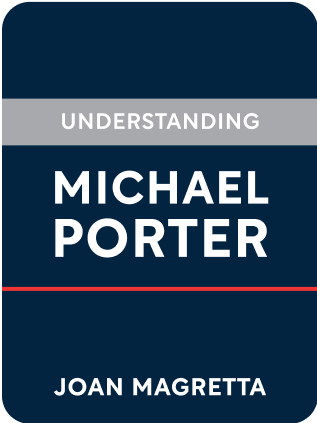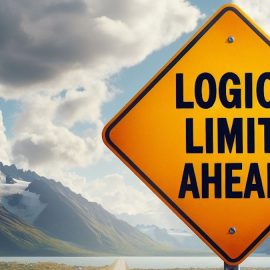

This article is an excerpt from the Shortform summary of "Understanding Michael Porter" by Joan Magretta. Shortform has the world's best summaries of books you should be reading.
Like this article? Sign up for a free trial here .
What is the threat of substitutes? What does Porter’s five forces threat of substitutes mean for businesses?
The threat of substitutes is one of Porter’s five forces that explains how other products might threaten your product. Even products and services in adjacent industries can threaten your strategy if your customers can substitute competing products for yours.
The Five Forces and The Threat of Substitutes
Why are some industries consistently more profitable than others? What makes information technology so stereotypically profitable, while airlines are a cutthroat, low-margin grind? The threat of substitutes might have something to do with it.
When trying to find an answer, it’s tempting to focus on the competition between rivals. But the bigger is picture than this. Rivals aren’t just competing with each other. They’re also engaged in a struggle for profits with all the other players in the ecosystem – like customers, who would always like to pay less and get more, and are eager to substitute a product for a better alternative.
To see an industry holistically, consider Porter’s famous Five Forces. The Five Forces that matter in any industry are:
- Buyers
- Suppliers
- Substitutes
- Incumbents
- New entrants
The more powerful the force, the more pressure it will put on decreasing prices or increasing costs, or both.
We’ll examine each force in turn, considering scenarios in your advantage as an incumbent. Scenarios in your disadvantage are usually the inverse of advantageous scenarios, so only notable alternatives will be listed.
Note that every adjacent industry has its own Five Forces, so that their relative disadvantage can be your gain (e.g. a fragmented supplier group is bad for suppliers but good for you).
The threat of substitutes is just one of the five forces, but it has major implications for businesses.
Force 3: Substitutes
Porter’s five forces threat of substitutes helps explain the type of competition where another product may work to fill customer’s needs as well as your product. It’s one of the five forces that should be in your analysis.
What this is:
- Any product not directly in your industry that basically can do the same job as you
- Examples:
- For coffee as a caffeine vehicle, substitutes are energy drinks, tea.
- For food delivery, substitutes are eating in restaurants, microwaved food, and groceries.
- For human tax preparers, substitutes are TurboTax and doing it independently.
- OPEC has fended off substitutes by managing the price of oil to prevent prices from going so high that investment in oil alternatives becomes attractive.
What it does:
- Lowers prices to avoid buyers going to substitutes
- Increases costs, since incumbents compete with substitutes to provide superior value
Scenarios in your advantage:
- If you can offer a better price-to-performance ratio
- Note this does not mean that the lower price always wins. It’s a higher value for the same price, or same value for lower price, or variations thereof.
- Solving a segment’s problems better than alternatives
- A segment of buyers may hire human accountants to outsource complexity and time in preparing their own tax returns. For this segment, TurboTax is insufficient for their needs.
- High switching cost
Notes:
- Porter’s five forces threat of substitutes has a cascading effect from upstream in the value chain that may be hard to predict.
- Say you’re a manufacturer of steel car bodies. The shift to electric cars may mean heavier batteries, so car manufacturers start looking to carbon fiber as a substitute for steel. Even though the change came outside your immediate industry of steel car bodies, your business is strongly affected.
The threat of substitutes is only one of Porter’s five forces. While it may be the most substantial threat to your business, make sure you consider all five forces in addition to the threat of substitutes.

———End of Preview———
Like what you just read? Read the rest of the world's best summary of Joan Magretta's "Understanding Michael Porter" at Shortform .
Here's what you'll find in our full Understanding Michael Porter summary :
- How Porter's famous Five Forces help you analyze every industry
- How IKEA, Southwest Airlines, and Zara have ironclad, defensible strategies
- Why the best companies reject opportunities to focus on what they know






